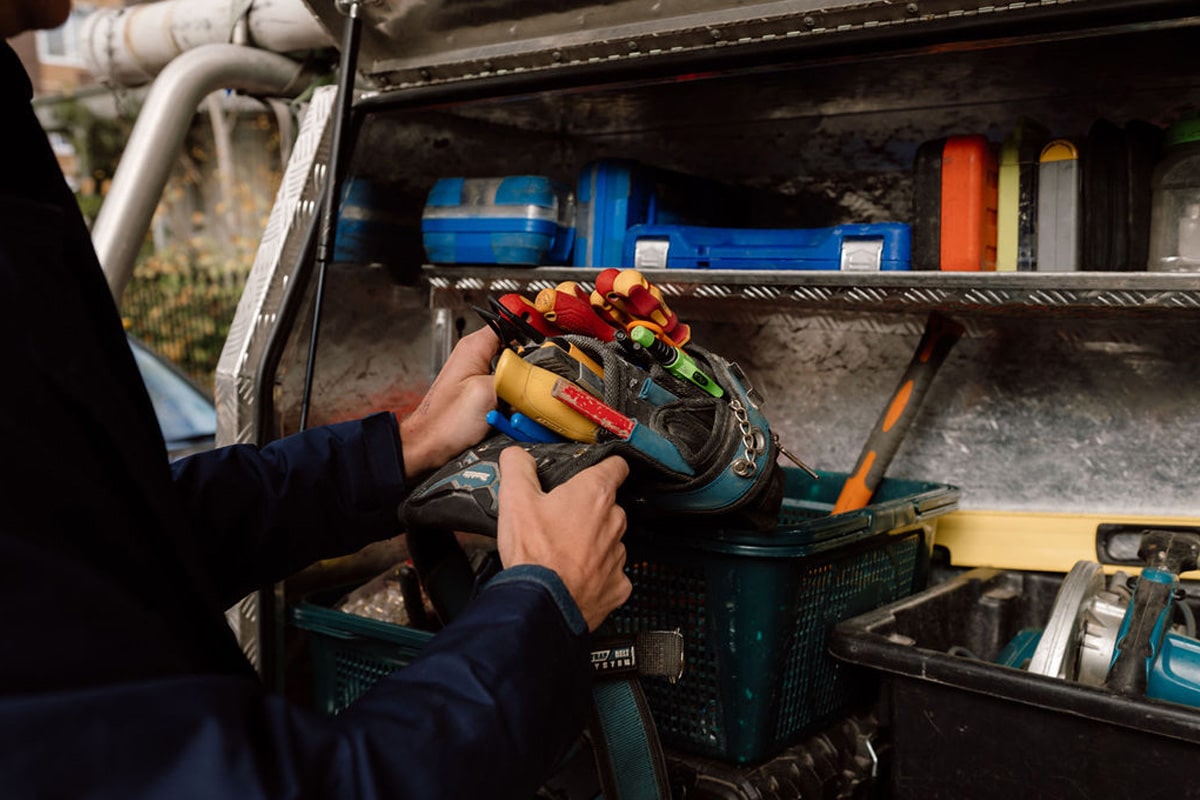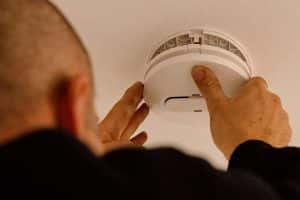There are several types of electrical emergency you could experience at home, but many of them don’t need to be dangerous or even cause damage, if you catch them in time. Having the right knowledge on what to look for will help you to detect a potential problem early. You can then take the necessary action to protect yourself, your family and your home.
In part one of our comprehensive Q&A series, we’ll cover the most common information to help you prevent electrical emergencies. We’ll give you the warning signs that something could be wrong with your electric system, and tell you what do if a real emergency does occur.
As always, STL Electrical is ready to provide 24 hour emergency electricians in Melbourne and surrounding areas. You can contact us day or night if you encounter any of the scenarios below, for the best possible outcome.
What are the warning signs to call in an emergency electrician?
- Loose wiring
You may not pay much attention to a frayed or broken wire that’s out of reach somewhere in your home, especially if it’s been there for a while and you haven’t had any problems. Don’t continue ignoring it, however. Exposed wiring is always a fire risk. It might well be an innocuous piece of wire from an old circuit, but it could also be a live wire that’s worked loose from your circuitry. This is an accident waiting to happen. Have it checked by a qualified professional. - Discolouration around plug sockets
Light brown patches around your plug sockets are cause by overheating – the discolorations are actually burn marks. It’s a strong indication that this part of your electrical circuit is being overloaded, which can lead to more severe consequences. Best call a Melbourne emergency electrician to inspect your power points, and replace any faulty ones. - Buzzing sounds
If you hear these coming from one of your electrical outlets, or just generally hanging in the air, it can mean that there’s a serious fault in your household circuitry. Once again, get an electrician in to check everything as soon as you can. - Flickering lights
A specific flickering light doesn’t necessarily mean that there’s anything wrong with your electrical system itself. The bulb might just need replacing, or it could be a faulty desk lamp. However, if changing the bulb or replacing the lamp doesn’t solve the problem – or if lights all over your house regularly flicker – there’s a good chance that there’s something wrong with your circuitry. This needs to be diagnosed by a certified electrician.
- Circuit breakers and fuses
Circuit breakers that trip frequently or fuses that blow more often than usual are both signs of a broader problem that could develop into an electrical emergency. An electrician is needed to completely inspect your home’s circuitry, isolate the issue and repair it.
- Faint electrical shocks
If you get a small shock when you plug in or unplug an appliance, switch off the plug point and get an electrician in to have a look before you use it again. Even if it feels like nothing more than a bit of static, there could easily be something dangerously wrong, and the consequences might not be so mild the next time.
- A burning smell
This is a clear sign that something more urgently serious is wrong with your electrical system. It could be a wire that has arced or a power overload, but treat it as an emergency as soon as you smell anything burning. Make sure everyone leaves the house and call a 24 hour emergency electrician. Of course, if you see any actual smoke or flames, call 000 immediately.
What’s the first thing I should do in an electrical emergency?
Your first priority should always be your own safety and that of anyone else on your property. Some emergencies are more urgent or even life-threatening than others, so try to keep a calm head and assess the situation.
If it’s a worst-case scenario, like a fire that’s already broken out, make sure everyone leaves the immediate danger area, and call emergency services. Don’t be tempted to intervene yourself – always put safety first.
If there is no immediate danger, but you’re noticing any of the above warning signs that could lead to a more urgent situation, turn off your mains electricity and contact an emergency electrician who can trace and fix the problem before it gets worse.
What other safety measures must I take in an electrical emergency?
Besides ensuring that everyone in your household is far enough away from the source of the problem, including your pets, there are some other precautions to take:
- Monitor the situation – keep a close eye to see how the situation develops, while you’re waiting for assistance. If things deteriorate, make sure everyone evacuates the house.
- Avoid getting shocked – don’t touch any exposed wires or damaged electrical items like plug outlet switches or appliances. The same goes for anything else that is in contact with live electrical current.
- Don’t step on wet surfaces – water is an excellent electrical conductor. If a live wire comes into contact with water on the floor, you will be electrocuted if you touch any of that water, even if it’s metres away from the actual wire.
- Warn other people – don’t assume that everyone else has the same awareness that you do. Clearly and calmly communicate the situation to anyone who could be affected so that they know what to do and can keep themselves safe.
Who should I contact for emergency electrical services in Melbourne?
If you’re seeing warning signs of a potential emergency, call STL Electrical for a fast response from fully certified professional 24 hour emergency electricians in Melbourne. We’ll also give you advice on what to do until we arrive, to help ensure the safety of you and your loved ones.
In Part 2 of our Electrical Emergency FAQs, we’ll go into more detail on simple electrical equipment you can instal to protect your home, like safety switches. We’ll also tell you how to how to deal with small electrical fires, and how to give first aid to someone who has suffered an electrical shock.




